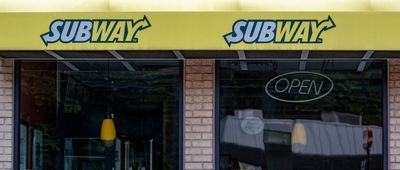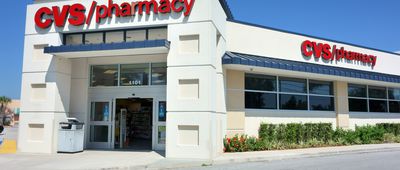You Musk Be Joking
Elon Musk has forged his way into the American consciousness with his bold vision for electric vehicles and his relentless pursuit of diverse, outrageous projects such as colonizing Mars, infusing the human brain with artificial intelligence, and creating driverless cars that are run with software. His latest claim: that he would take over Twitter and more than quadruple its revenue and user base by 2028. As Musk heads to court for trying to back out of the deal, it's worth keeping in mind all the things he has said over the years that simply haven't held water. Some are big, some small; some audacious predictions, others hurtful and mean-spirited trolling. Did we miss any? Remind us in the comments.


































